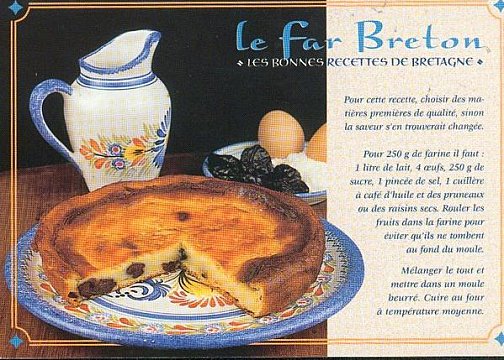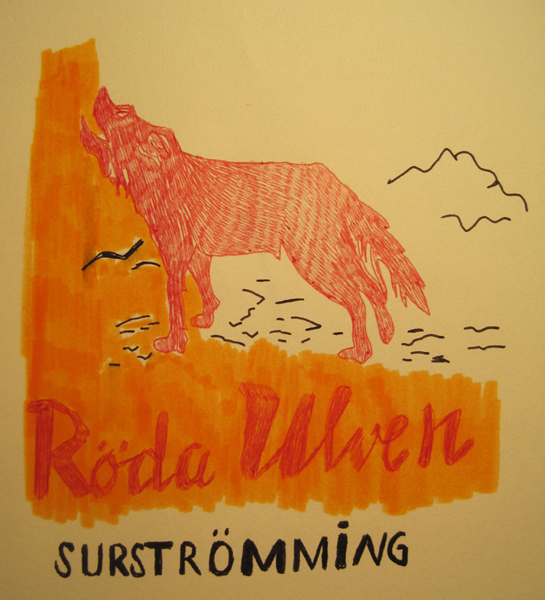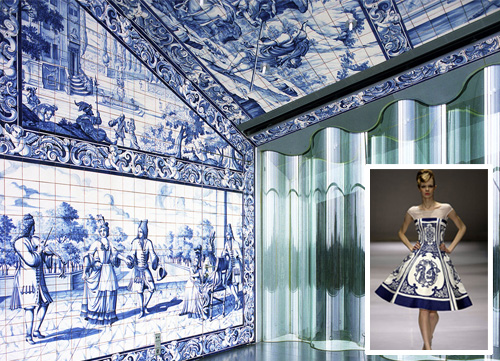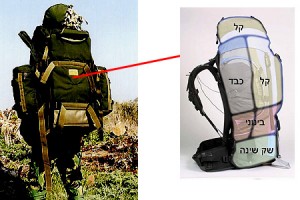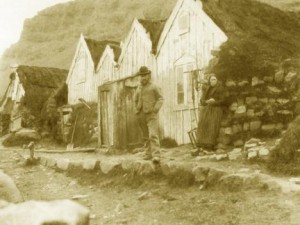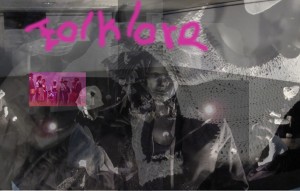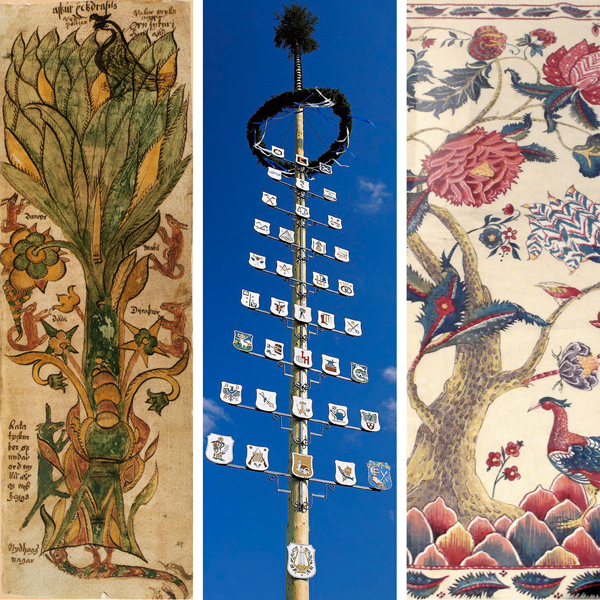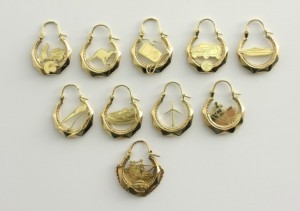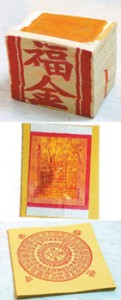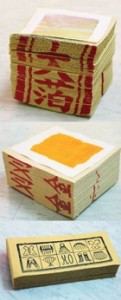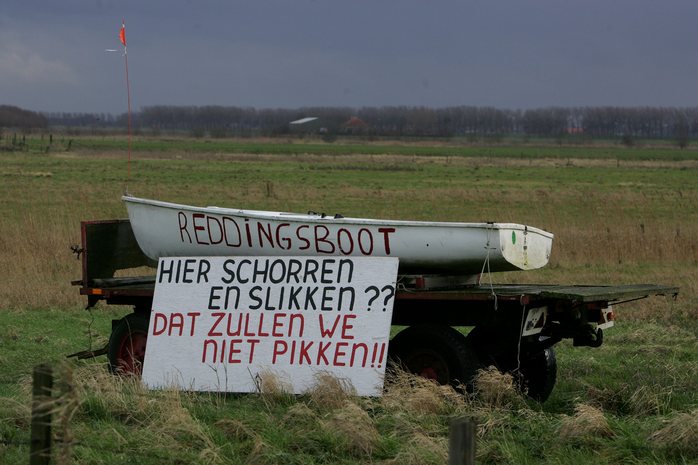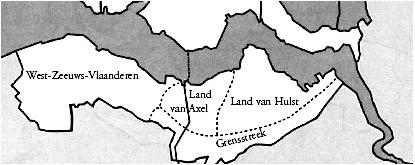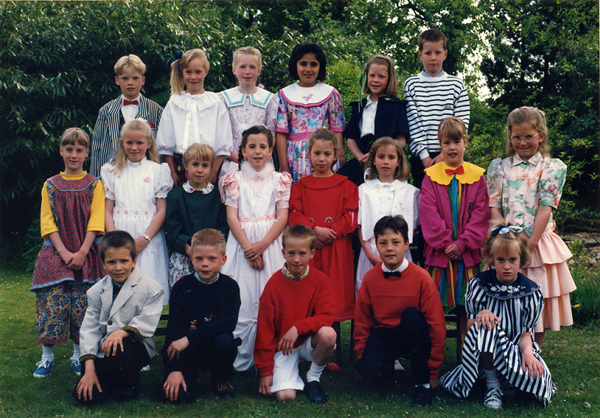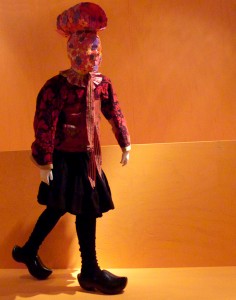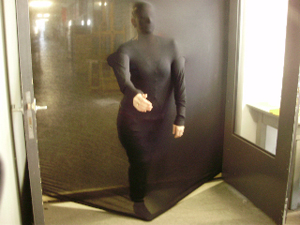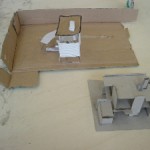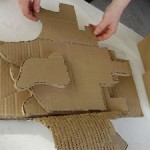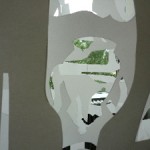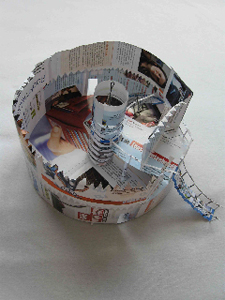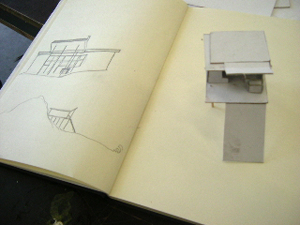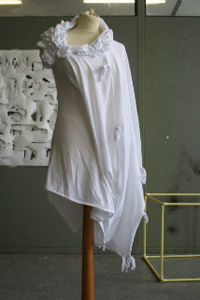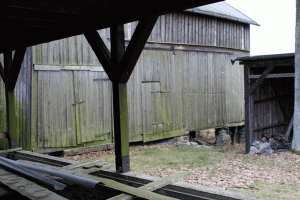
Moving again
and as usual somebody elses home – not mine. Strange place again.
They will not tell me about their tales, nor teach me their songs, nor share their wishes. Keeping mum like the puppets in a museum.
It is just what I see.
Their slow thoughts gahtering together behind the fences, which seperate their belongings. There into the woods. Closed faces, stubborn and the city people are not worth it anyway. And steps you hardly hear, sound is disappaering in thick layers of fallen spruce needles. Who shot the dog, the roaming, the strange one? It starts getting cold. But one stays. One does this and this and this – but never this. This girl, on the photo – you don´t know her anyway. This is mine – this is yours. Don’t dare a step.
I ask who is closing all the window shutters a long time before dawn? Who draws the lines? Who is hiding all the storys? Who is stealing the whispers about the people who did never return? And I ask who is removing the walls of snow and who is bringing the brothers to remain violently silent while sharing their lifes? Why do they stay calm when they see what they should not?
I ask questions, but the answers I get back, I can not be satisfied with.
